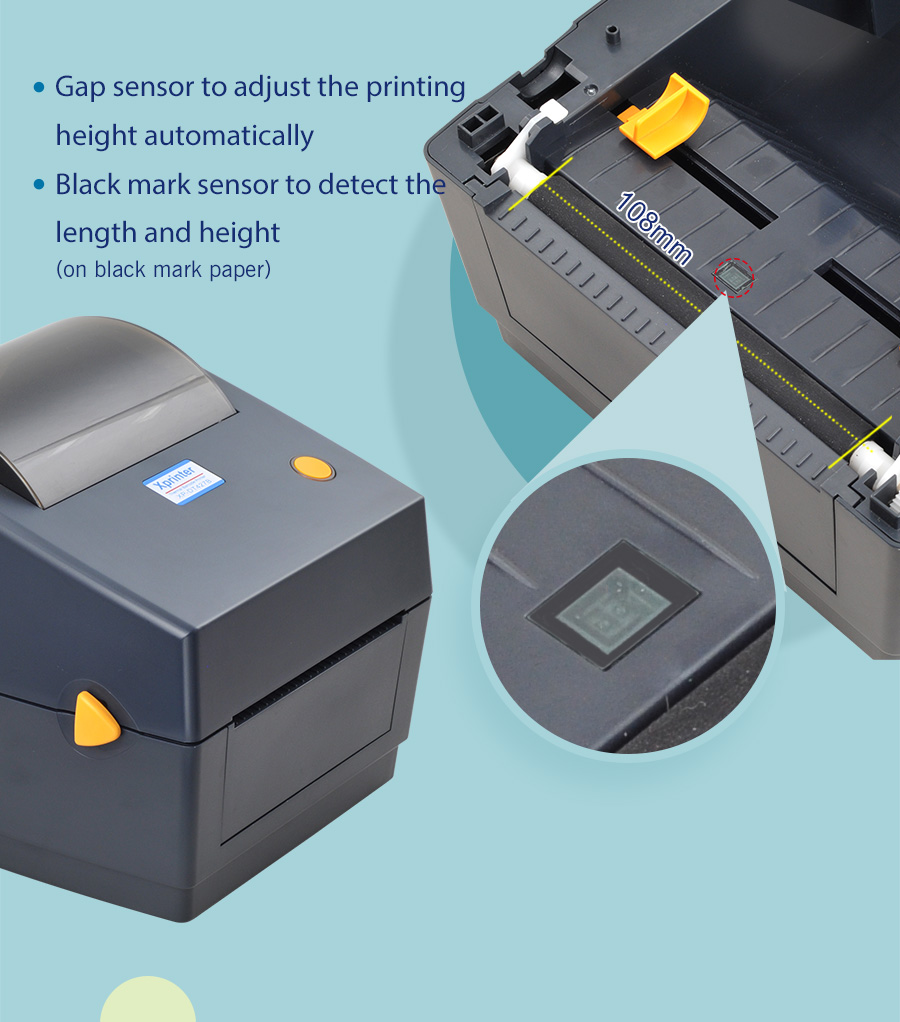
- BARCODE MAKER AND PRINTER GENERATOR
- BARCODE MAKER AND PRINTER PORTABLE
- BARCODE MAKER AND PRINTER SOFTWARE
- BARCODE MAKER AND PRINTER CODE
(Source: Amazon)ĭymo and Zebra are top-rated names in thermal barcode label printers.


Thermal label printers can print large amounts of labels in a short time. Both laser and inkjet printers are capable of printing a diverse spread of label sizes and types.
BARCODE MAKER AND PRINTER SOFTWARE
If you’re creating barcode labels using a retail POS, an online site, or another software system, you can download your barcodes, convert them to a document, and use a regular printer and label sheets to print out your barcode labels. Here we will look at other options for printing your barcode labels.
BARCODE MAKER AND PRINTER PORTABLE
As mentioned previously, portable label makers are a great way to make and print your barcode labels. With your barcodes generated, it’s time to find a suitable means to print your labels to attach to your products. However, you can hardly beat the convenience and simplicity if you need to print a limited number of barcode labels on the fly. You do have to purchase label rolls designed for the device, which adds costs depending on the quantities you need to print. Handheld portable barcode label printers like the one shown above cost around $90. The Dymo LabelManager 420P high-performance label maker.
BARCODE MAKER AND PRINTER CODE
Portable barcode printers: Handheld label printers let you key in a product code to make a barcode for your labels on the spot.Retail POS systems: The inventory management tools in these all-in-one sales, inventory, and business management systems make it easy to create a barcode based on each item’s product SKU or UPC.
BARCODE MAKER AND PRINTER GENERATOR
Our free barcode generator is also an example.

If you make products yourself or sell private label products under your own brand, you should consider registering with the GS1 and getting UPCs.


 0 kommentar(er)
0 kommentar(er)
